Sun protection is key when it comes to an individual’s skincare. The Maltese islands experience 300 days of sunshine every year with temperatures north of 35 degrees celsius during the summer months.
Below, our team at Beauty Culture Group, presents you with the knowledge to make informed decisions about your sun protection routine.
UVA vs UVB Rays
The sun emits two types of UV radiation, namely UVA and UVB rays. What is the difference between the two? On one hand UVA rays penetrate deep into the skin, causing premature ageing, wrinkles, and fine lines. Whereas UVB rays primarily affect the skin’s surface, causing sunburns and skin cancer.
As an effective protection for your skin from both types of rays, it’s extremely important to use a broad-spectrum sunscreen that shields against both UVA and UVB rays such as Anesi Luminosity SPF 50+ 50ml, Germaine De Capuccini Anti-Aging Sunscreen Fluid SPF 50 | Timexpert Sun and Medik8 Physical Sunscreen, Advanced Ultimate Protect SPF50+.
Physical vs Chemical Sunscreen
Sunscreens come in two main forms: physical and chemical. Physical sunscreens, also referred to as mineral sunscreens, utilise minerals such as zinc oxide and titanium dioxide to reflect UV rays away from your skin. These are ideal for people with sensitive skin, as they are less likely to cause irritation.
On the other hand, Chemical sunscreens use chemicals to absorb the sun’s UV rays and convert them into heat, which is subsequently released from the skin. In general, they tend to be more lightweight and cosmetically elegant, making them a popular choice for day-to-day use.
Does Sunscreen Expire?
Sunscreen products have a shelf life of, on average, three years. It is of paramount importance to always check the expiration date before using it as expired sunscreen may not provide adequate protection.
How Much Sunscreen to Apply
To be entirely sure you are getting the right protection from the harmful sun rays, it is important to apply sunscreen to your entire body, even your face and areas covered by clothes.
It’s also important, given the Maltese Islands weather conditions, to reapply sunscreen every two hours or immediately after swimming or sweating, to ensure you are protected from the sun.
How is SPF calculated?
Before we explain how SPF is graded, it’s important to point out that the testing used to determine SPF ratings has limitations because it doesn’t always translate to real world situations. Although the testing is performed on people, the conditions are controlled and the intensity of UV light is fixed. In the real world, UVB intensity varies while UVA is consistent. The shifting intensity of UVB light impacts how long it will take the skin to burn (turn red or a deeper brown) with any given sun cream.
Remember, the Sun Protection Factor (SPF) rating only measures how much UVB protection a product provides when applied to the skin:
SPF numbers can also seem a bit misleading because there is less of a difference in protection as the SPF rating increases.
So what does SPF 30 mean? Or SPF 50? Based on regulated testing:
SPF 15 shields skin from 93% of UVB rays
SPF 30 blocks nearly 97%
SPF 50 blocks 98%
SPF 100 blocks 99%
However, looking at it another way:
SPF 30 lets about 3% (1/30th) of UVB rays through
SPF 50 only allows about 2% (1/50th) through
That means 50% more UVB rays can penetrate your skin if you use SPF 30 compared to SPF 50. When you know you won’t be able to find shade in the intense midday sun, you may want to consider a higher SPF along with other protective measures such as hats and sunglasses.
How long does Factor 30 last?
We wish there was a quick and easy answer to this question. In the past, it was thought that simple maths was enough: if you know your skin turns pink or begins to darken within ten minutes of sun exposure without protection, then Factor 30 sun cream would provide 300 minutes of protection (10 x 30 = 300). How long does Factor 50 last? 500 minutes. Factor 15 sun cream? 150, and so on.
But it just isn’t that simple. SPF ratings aren’t only about the amount of time that the skin is exposed to UV light; rather, the ratings are about the time and the amount of exposure combined, meaning the intensity of UVB based on where you are in the world. Summing it all up, the intensity of solar energy that the sun emits impacts the amount that your skin receives. For example:
1 hour at 9:00 am, and
15 minutes at 1:00 pm
… are each capable of delivering the same intensity of UV radiation to the skin despite dramatically different times.
What SPF do I need?
Finding the SPF rating that’s best for your skin really depends on how long it takes for your skin to change colour (to a red, tanned or deeper skin tone) when exposed to UV light without sun protection. Once you have that timing down – and you want to estimate rather than test – multiply that number by the SPF rating to get a baseline of the amount of time your chosen sun cream will protect the skin under normal conditions.
“Normal conditions” means the amount and intensity of UV light that usually impacts your skin. When you know your skin will be getting more intense and/or prolonged UV exposure, you will need to choose sun cream with a higher SPF rating and reapply often.
All UV filters break down and become less effective with ongoing exposure to sunlight. Reapplying at regular intervals ensures that sun protection is maintained.
Sun protection is a crucial aspect of skincare, and understanding the differences between UVA and UVB rays, the types of sunscreens, and the proper application techniques is essential. Always incorporate a broad-spectrum sunscreen into your daily routine as it helps you protect your skin from the harmful effects of the sun and maintain a healthy, youthful appearance.

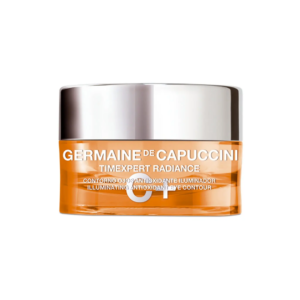
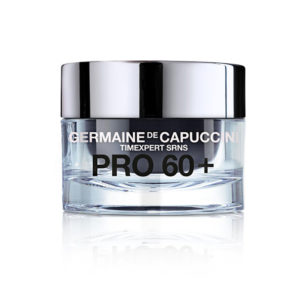
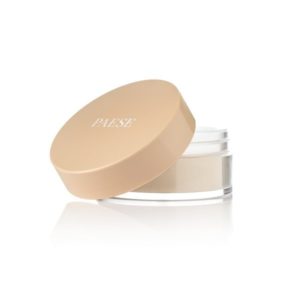
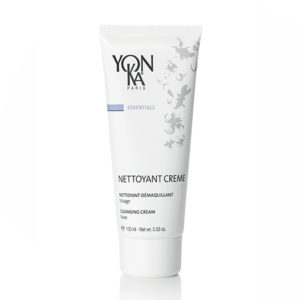
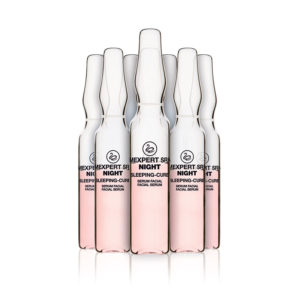 Germaine De Capuccini Timexpert SRNS Night Sleeping-Cure 10x2ml
Germaine De Capuccini Timexpert SRNS Night Sleeping-Cure 10x2ml 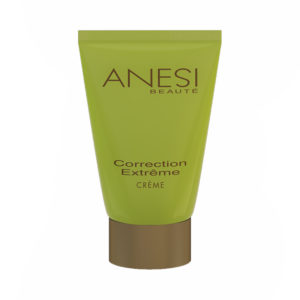 Anesi Dermo Controle Crème Correction Extrême 50ml
Anesi Dermo Controle Crème Correction Extrême 50ml 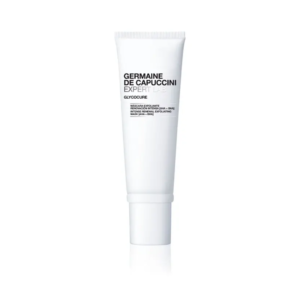 Germaine De Capuccini Expert Lab Glycocure Intense Renewal Exfoliating Mask AHA+BHA
Germaine De Capuccini Expert Lab Glycocure Intense Renewal Exfoliating Mask AHA+BHA 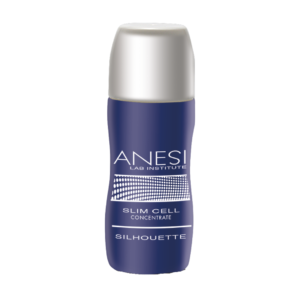 Anesi Silhouette Slim Cell Body Roll-On
Anesi Silhouette Slim Cell Body Roll-On 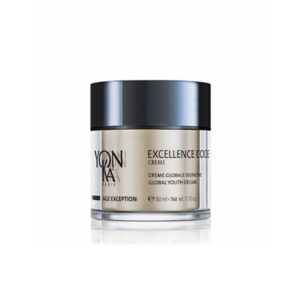 Yon-Ka Excellence Code Creme 50ml
Yon-Ka Excellence Code Creme 50ml 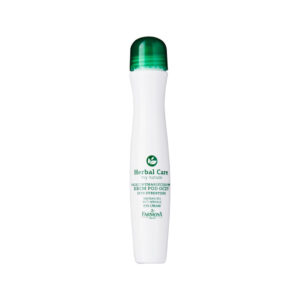 Farmona Herbal Care Siberian Iris Anti-Wrinkle Roll-On Eye Cream
Farmona Herbal Care Siberian Iris Anti-Wrinkle Roll-On Eye Cream 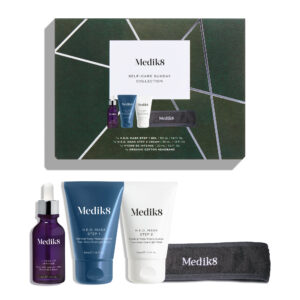 Medik8 Self Care Sunday Collection Pack
Medik8 Self Care Sunday Collection Pack 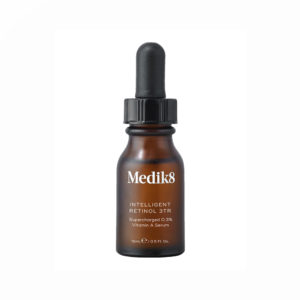 Medik8 Intelligent Retinol™ 3TR 15ml
Medik8 Intelligent Retinol™ 3TR 15ml 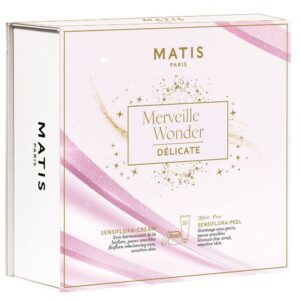 Matis Pack Delicate Wonder - Sensiflora Cream 50m & Sensiflora Peel 30ml
Matis Pack Delicate Wonder - Sensiflora Cream 50m & Sensiflora Peel 30ml 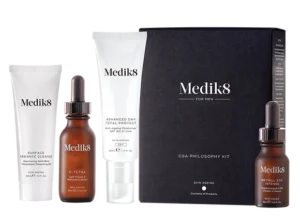 Medik8® The CSA Kit Retinal Edition
Medik8® The CSA Kit Retinal Edition 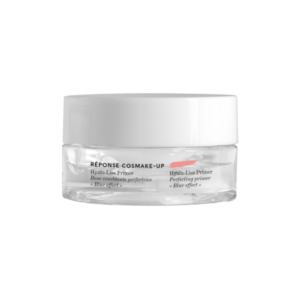 Matis Hyalu Liss Primer
Matis Hyalu Liss Primer 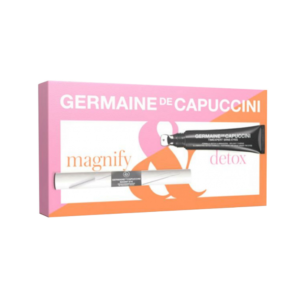 Germaine De Capuccini Eyelash Contour & Magnify Eyebrow Serum Detox Pack
Germaine De Capuccini Eyelash Contour & Magnify Eyebrow Serum Detox Pack 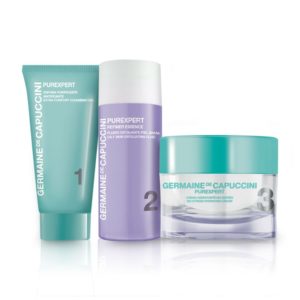 Germaine De Capuccini Purexpert 1-2-3 Combination Skin Programme
Germaine De Capuccini Purexpert 1-2-3 Combination Skin Programme 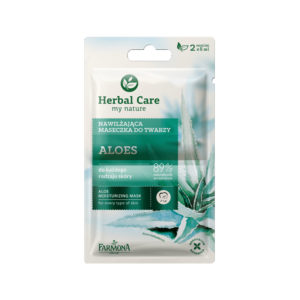 Farmona Herbal Care Moisturising Mask Aloe 2x5ml
Farmona Herbal Care Moisturising Mask Aloe 2x5ml 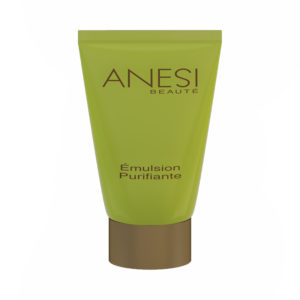 Anesi Dermo Controle Emulsion Purifante 50ml
Anesi Dermo Controle Emulsion Purifante 50ml 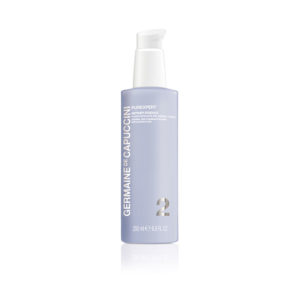 Germaine De Capuccini Purexpert Refiner Essence Normal Skin 200ml
Germaine De Capuccini Purexpert Refiner Essence Normal Skin 200ml 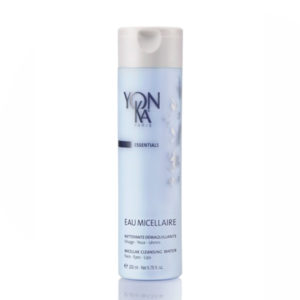 Yon-Ka EAU Micellaire 200ml
Yon-Ka EAU Micellaire 200ml 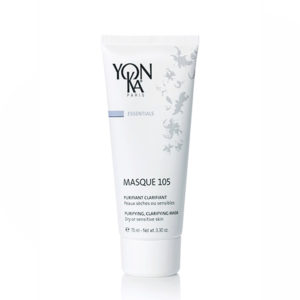 Yon-Ka Masque 105 75ml - Dry & Sensitive Skin - Purifying - Clarifying- Soothing
Yon-Ka Masque 105 75ml - Dry & Sensitive Skin - Purifying - Clarifying- Soothing 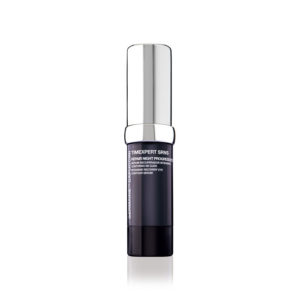 Germaine De Capuccini Timexpert SRNS Repair Night Progress Eye 15ml
Germaine De Capuccini Timexpert SRNS Repair Night Progress Eye 15ml  Medik8 Advanced Day Total Protect™ SPF30 50ml
Medik8 Advanced Day Total Protect™ SPF30 50ml 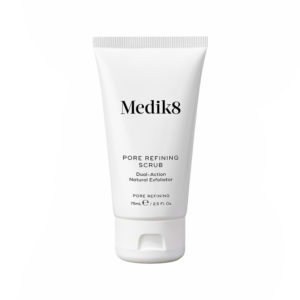 Medik8 Pore Refining Scrub™ 75ml
Medik8 Pore Refining Scrub™ 75ml 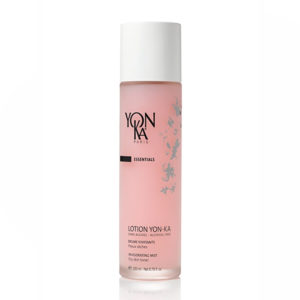 Yon-Ka Lotion PS 200ml
Yon-Ka Lotion PS 200ml 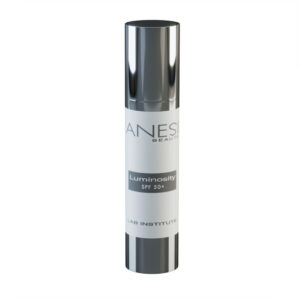 Anesi Luminosity SPF 50+ 50ml
Anesi Luminosity SPF 50+ 50ml 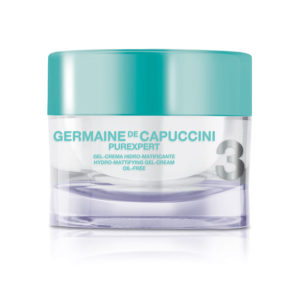 Germaine De Capuccini Purexpert Oil-Free Hydro-Mattifying Gel Cream 50ml
Germaine De Capuccini Purexpert Oil-Free Hydro-Mattifying Gel Cream 50ml 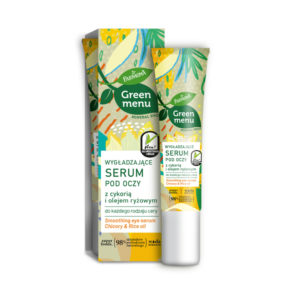 Farmona Smoothing Eye Serum with Chicory and Rice Oil
Farmona Smoothing Eye Serum with Chicory and Rice Oil 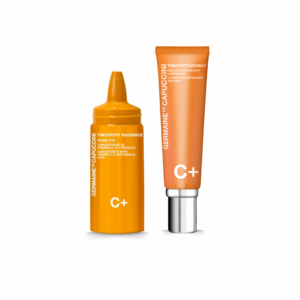 Germaine De Capuccini Timexpert Radiance C+ Antoxidant & Illuminating Duo (Combination to Oily Skins)
Germaine De Capuccini Timexpert Radiance C+ Antoxidant & Illuminating Duo (Combination to Oily Skins) 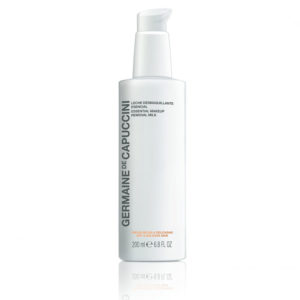 Germaine De Capuccini Essential MakeUp Removal Milk 200ml
Germaine De Capuccini Essential MakeUp Removal Milk 200ml 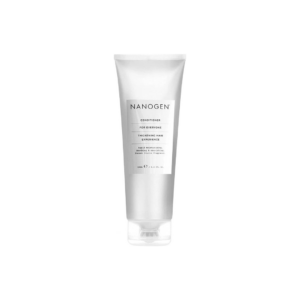 Nanogen Conditioner For Everyone 240ml
Nanogen Conditioner For Everyone 240ml 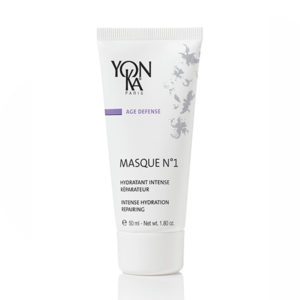 Yon-Ka Hydra N°1 Masque 50ml
Yon-Ka Hydra N°1 Masque 50ml 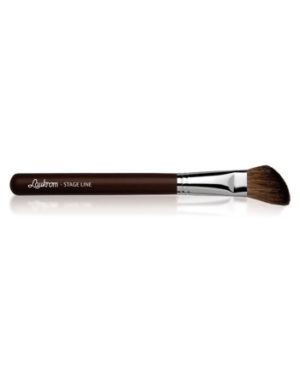 Stageline SLANTED BLUSHER BRUSH 59.7
Stageline SLANTED BLUSHER BRUSH 59.7 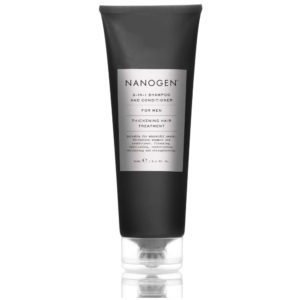 Nanogen 5-in-1 Shampoo & Half Conditioner for Men
Nanogen 5-in-1 Shampoo & Half Conditioner for Men 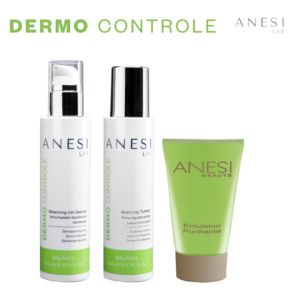 Anesi Pack Dermo Controle Bundle
Anesi Pack Dermo Controle Bundle 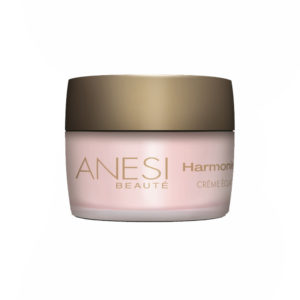 Anesi Harmonie Creme Eclat Harmonie
Anesi Harmonie Creme Eclat Harmonie 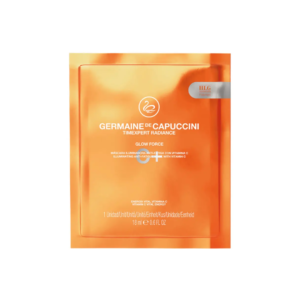 Germaine De Capuccini Timexpert Radiance C+ Glow Force Mask (Single)
Germaine De Capuccini Timexpert Radiance C+ Glow Force Mask (Single) 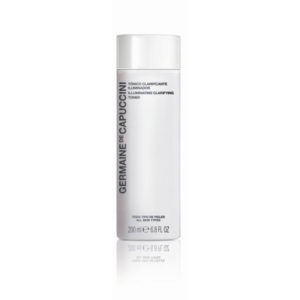 Germaine De Capuccini Illuminating Clarifying Toner 200ml
Germaine De Capuccini Illuminating Clarifying Toner 200ml 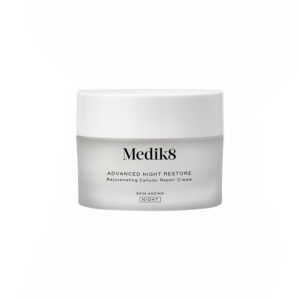 Medik8 Advanced Night Restore™
Medik8 Advanced Night Restore™ 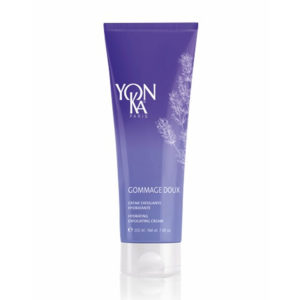 Yon-Ka Gommage Doux Corps 200ml
Yon-Ka Gommage Doux Corps 200ml 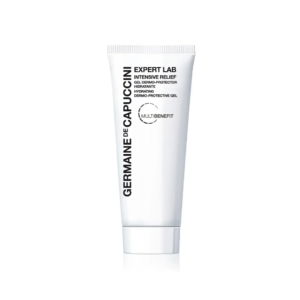 Germaine De Capuccini Expert Lab Intensive Relief
Germaine De Capuccini Expert Lab Intensive Relief 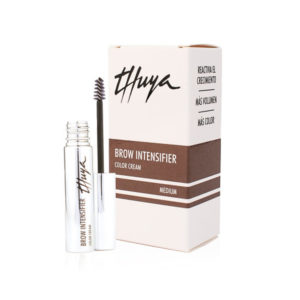 Thuya Brow Intensifier - Cream Medium
Thuya Brow Intensifier - Cream Medium 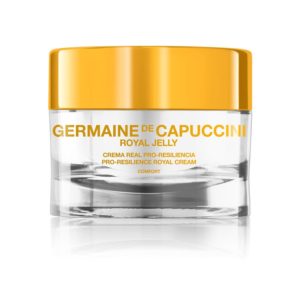 Germaine De Capuccini Royal Jelly Pro-Resillience Royal Cream Comfort 50ml
Germaine De Capuccini Royal Jelly Pro-Resillience Royal Cream Comfort 50ml